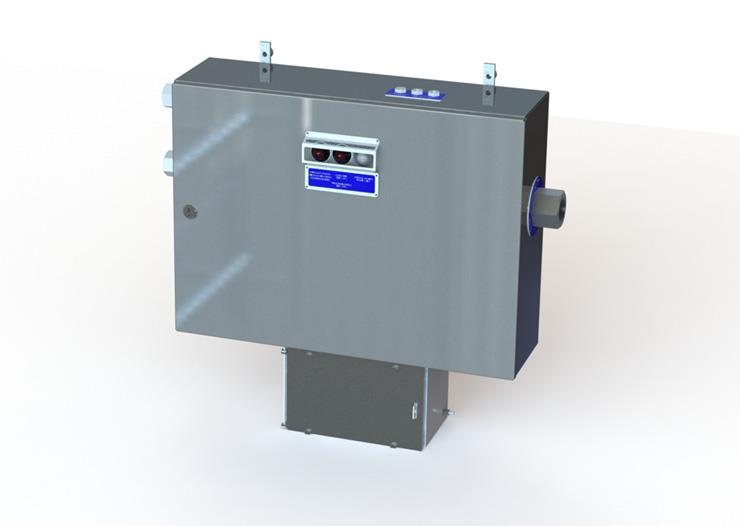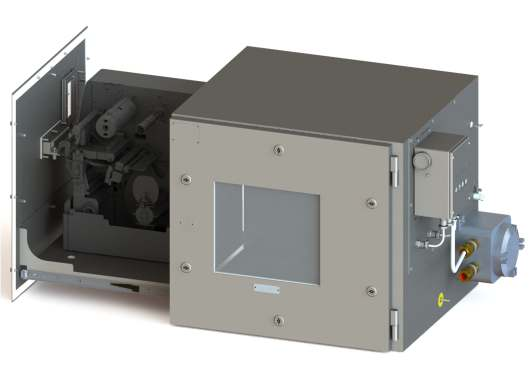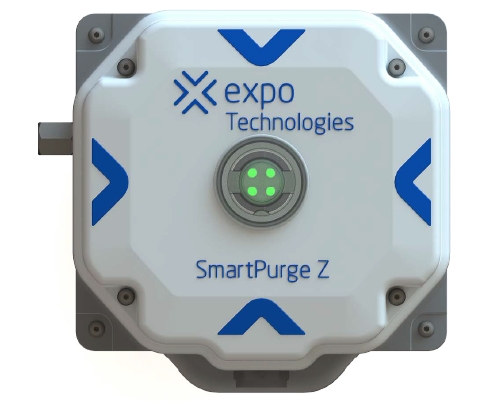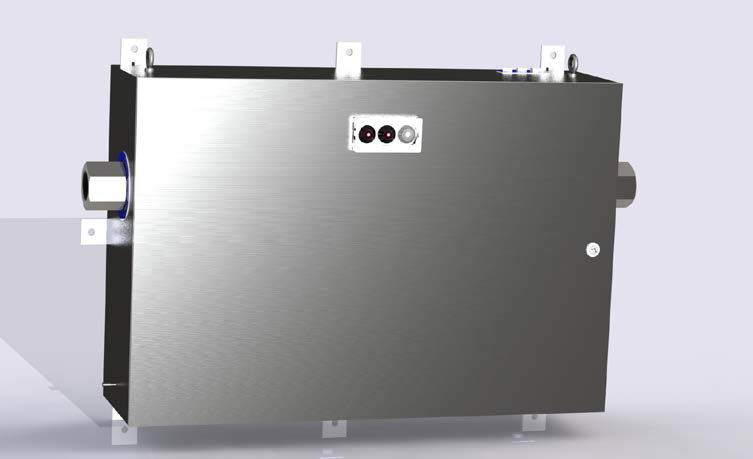IECEx, ATEX & INMETRO Certified Purge and Pressurization System for large Electrical Machines
Features
● Global certification
● Purge flow rate up to 6,000 Nl/min
● Use CLAPS technology to ensure internal pressure of the equipment
● Stainless steel shell structure
● Temperature range -20°C to +55°C
●Redundant bypass design
The D887 purge and pressurization system offers purge flows up to 6,000 Nl/min and is ideal for medium to large Ex p motors.
The system includes a control unit (CU) and a ventilation unit (RLV). The control unit contains pneumatic logic for monitoring and controlling air flow, pressure and purge time,
and provides system outputs. The RLV measures the purge flow at the outlet and provides overpressure protection for the machine.
The D887 features Expo's Leakage Compensation System (CLAPS). The system is able to detect changes in pressure inside the housing and adjust leak compensation accordingly.
Pressure changes typically occur during sudden starts of large rotating machines, but can also be caused by changes in operating temperature. The system is specifically designed to
maintain stable internal pressure within the motor housing.
The equipment is equipped with a redundant compensation circuit, which can provide additional leakage compensation when the leakage is too large.
*There are a number of system variants available covering alternative alarm output connections - see specifications and downloads for further details.
| Air Intel | Instrument quality air,5-10 barg |
| Purge flow rate | 2,000、3,000、4,000、5,000、6,000 NI/min |
| Leakage compensation capacity | Up to 1,500 NI/min |
| Redundancy compensation amount | Up to 1,500 NI/min |
| Temperature range | -20°C to +55°C |
| Purge timer | 1-99min |
| Timer power source | IS (Intrinsically Safe) Battery or Electro-Pneumatic Power Supply (EPPS) |
| Signal outputs | Function: Power interlock, low pressure alarm, intermediate pressure alarm, purge in progress (optional) |
| Certifications* | IECEx、ATEX、EAC |
*Not all certifications apply to all system variants. Check the specific Operating and Maintenance Manual for details.









